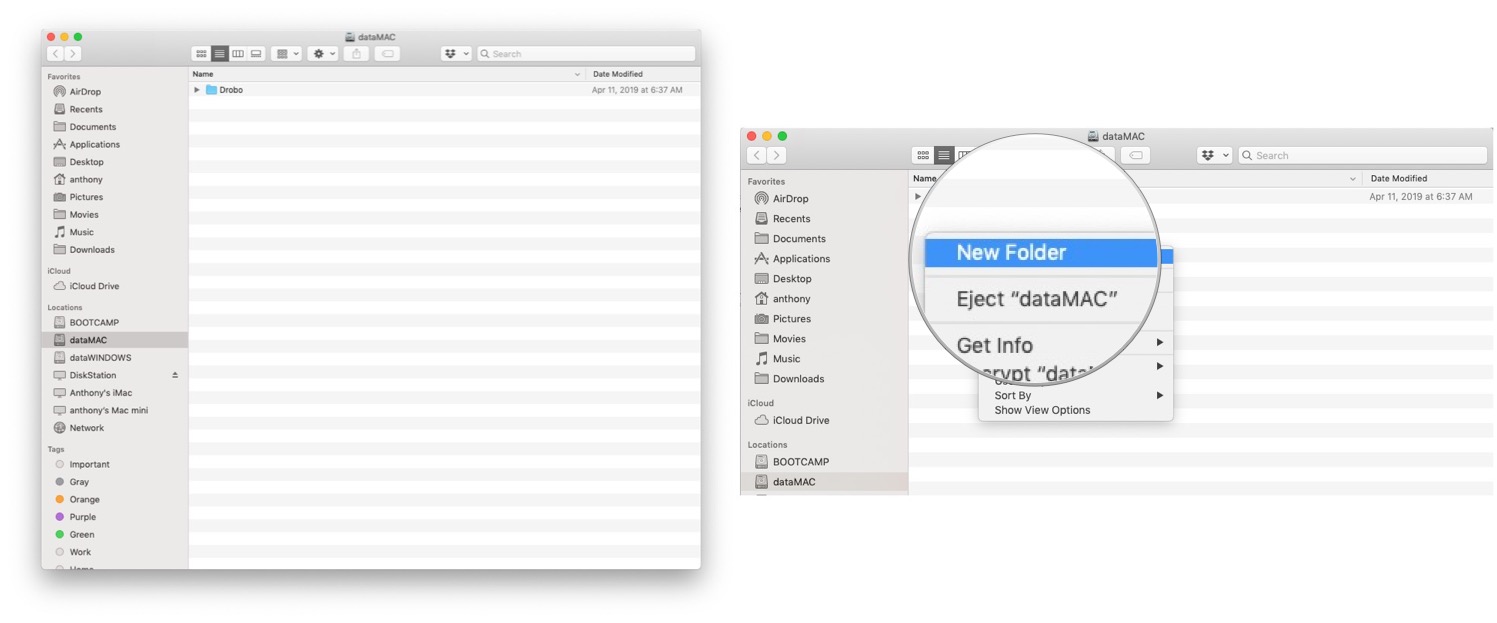Since macOS is based on Unix there are a number of ways to compress files and folders within the filing system using Unix based application code, below are a few options using the Terminal or command line interface (cli). The default command line application interface in macOS is the Terminal and is stored in /Applications/Utilities.
File and folder compression saves on file size and ensures the contents are captured and delivered or stored as one monolithic file. A compressed file which contains files and folders is generally referred to as an archive. Here are some built-in compression applications you can use including zip, tar, gz, bz2, gz and dmg.
Mac X Open Multiple Zip Files To One Folder Unzip With OSX you can run a simple terminal command and extract all the files into the same directory without the need of a third party application. Its functionality is limited, but it's a decent option for quick zipping and unzipping of files and folders when you need to open zip files someone has sent you. Here's how to zip a file on Mac with the Archive Utility: Find the file or files you want to zip. Note: if you'd like to zip multiple files, it's best to put those files in the same. Locate the file or folder you want to compress. You can select multiple files and folders by holding down the Shift key (for multiple items) or the Command key (for several individual items) and clicking. After you’ve selected the files and folders, right click on them, and then select Compress. A window may appear indicating that your Mac is. If I select all of these folders in the Finder and do 'Compress X Items,' I get one zip file containing all of the folders, whereas what I want is one zip file per folder. I tried creating a workflow with Automator using the 'Create Archive' action, but it behaves the same way: inputting multiple files/folders outputs a single zip file. Zip a single file or folder: Control-click or right-click it and select Compress. Zip multiple files or folders: Shift-click to select them. Control-click or right-click selected files and choose Compress. Unzip an archive: Double-click the archive. This article explains how to zip and unzip files and folders on a Mac using the Archive Utility.
ZIP – Cross Platform
First up is ZIP one of the most commonly used compression techniques used across all platforms


To compress
To extract
If you want to make a zip without those invisible Mac resource files such as “_MACOSX” or “._Filename” and .ds store files, use the “-X” option in the command so:
TAR.GZ – Cross Platform
Second up is TAR, an old favorite on Unix/Linux – you add the GZ for the compression – compresses tighter than zip
To compress
To extract
TAR.BZ2 – Cross Platform
A variation on TAR GZ but with better compression than both tar.gz and zip.
To compress
To extract
GZ
Without the tar

To extract
Zip Multiple Files Mac Terminal
DMG – macOS Only
This one is macOSnative only – for a GUI interface use /Applications/Utilities/Disk Utility – for command line use:
Zip Multiple Files Command
To create
To mount
To view
Split Zip Into Multiple Files Mac
To Eject
You can also use a number of different formats for creating a .dmg
- UDZO – Compressed image (default)
- UDRO – Read-only image
- UDBZ – Better compressed image
- UDRW – Read/Write image
- UDTO – DVD disk image
That’s the low down, the more common compression packages available will typically be covered in one of the above.